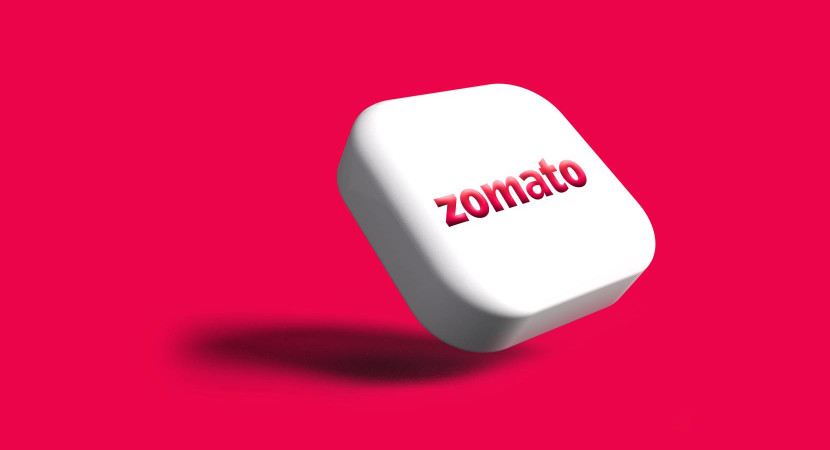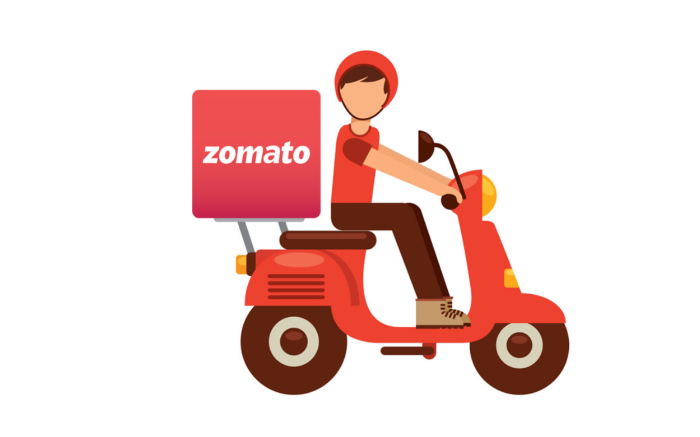The SWOT analysis of Zomato provides the strengths, weaknesses, opportunities, and several threats that Zomato might face. The company was founded in 2008 and has become a popular food delivery service.
While zomato has many strengths, such as a large customer base and extensive delivery network, it also has some weaknesses, like high delivery costs and intense competition. However, there are also opportunities for the company to grow, such as expanding into new markets or offering new services. Additionally, there are also some threats that Zomato faces, such as the possibility of regulatory changes or increased competition.
We will further observe these things in detail in this SWOT analysis of Zomato.
What is a SWOT Analysis?
A SWOT assessment is a tactical planning tool that aids companies in identifying their opportunities and risks both inside and externally. While situational risks include possibilities and challenges, internal elements include strengths and limitations. SWOT analysis aims to help businesses harness their strengths, minimize weaknesses, and take advantage of opportunities while minimizing threats.
However, it is most commonly used in the business world to assess a company’s competitive position. For example, a company may use a SWOT analysis to determine whether it should enter a new market or launch a new product.
There are four steps in conducting a SWOT analysis:
- Decide what your goals are. What are you trying to accomplish?
- Gather data. This can come from market research, financial analysis, competitor analysis, etc.
- Determine your strengths, weaknesses, opportunities, and threats by analyzing the data (SWOT).
- Develop strategies based on your findings. This will help you achieve your objectives while minimizing risks.
See Also: A Complete SWOT Analysis Of Swiggy
The History of Zomato
Deepinder Goyal and Pankaj Chaddah established Zomato, and it has become a global restaurant search and discovery service.
Zomato’s journey began when Deepinder Goyal quit his job at Bain & Company to pursue his passion for food, and Pankaj Chaddah, who was working with Microsoft then, joined. The duo started Zomato as Foodiebay, a web-based platform that provided information on restaurants in the Delhi NCR region.
In 2010, the company rebranded to Zomato after raising its first round of funding from Sequoia Capital. The following year, it expanded to Bangalore, Mumbai, and Chennai. By 2012, Zomato had established itself as the leading player in India’s online food ordering space.
In 2013, Zomato entered the international market with its launch in Dubai. It subsequently expanded to other countries, including Australia, Brazil, Canada, Indonesia, Ireland, Lebanon, New Zealand, Portugal, Qatar, Saudi Arabia, South Africa, Sri Lanka, Turkey, United Kingdom (UK), United States (US), and the United Arab Emirates (UAE).
As of 2019, Zomato has over 60 million monthly active users globally and is present in 24 countries.
The Current Situation Of Zomato
The current situation of Zomato is quite good, and the company is doing very well in revenue and growth.
Firstly, the competition in the online food ordering and delivery space is intense. Several big players, such as Uber Eats, Swiggy, Foodpanda, etc., are competing for market share. Zomato will need to continue to innovate and invest in marketing to stay ahead of the competition.
Secondly, another challenge that Zomato faces is high customer acquisition costs. The business must invest considerably in marketing and promotions to increase its potential audience, which puts pressure on margins and profitability.
Thirdly, Zomato also needs to be careful about its expansion plans. The company has been aggressively expanding into new markets, leading to some execution issues in the past.
Strengths Of Zomato
Zomato’s strengths are mainly derived from its brand image and online dominance.
The company has built a strong brand identity over the years and is now a well-recognized name in the online food ordering and delivery space. Zomato enjoys a dominant position in many key markets, such as India and UAE, where it holds a leading market share.
In addition, Zomato has been investing heavily in technology and innovation, which has helped it to launch several new features and services in recent years. For instance, the introduction of Zomato Gold – a premium membership service that offers members discounts and exclusive access to certain restaurants – has been highly successful.
Looking ahead, Zomato appears to be well-positioned for continued growth and success. The company’s strong market position, investment in technology, and focus on innovation should help maintain its momentum in the coming years.
Opportunities For Zomato
Zomato has plenty of opportunities to continue growing its business. Some of these opportunities include:
Expanding into new markets
Zomato is currently present in 24 countries, but there are many more markets it could enter.
Introducing new products and services
Zomato could introduce delivery services, online ordering, or a loyalty program for its users.
Improving customer service
Zomato could improve customer service by responding quickly to user queries and complaints.
Frequently Asked Questions
What is a SWOT analysis of Zomato?
Businesses can evaluate their strategic capabilities and weaknesses and external possibilities and risks using a SWOT analysis of Zomato. SWOT analysis aims to help businesses harness their strengths and minimize their weaknesses.
What is the goal of a SWOT analysis?
SWOT analysis aims to help businesses harness their strengths, minimize weaknesses, and take advantage of opportunities while minimizing threats.
How can a SWOT analysis help businesses?
A SWOT analysis can help businesses by providing a clear overview of the company's strengths, weaknesses, opportunities, and threats. This can help businesses make informed decisions about where to focus their efforts to achieve their goals.
Conclusion
Overall, the SWOT analysis of Zomato is quite positive. The company has a firm brand name and presence in many countries, which gives it a good competitive advantage. Additionally, its online ordering and delivery platform is user-friendly and efficient, which makes it appealing to customers. However, Zomato does have some weaknesses, such as its high dependence on external funding and reliance on a small number of key personnel. Nonetheless, these weaknesses are outweighed by the company’s strengths, making Zomato a strong competitor in the online food delivery market.



